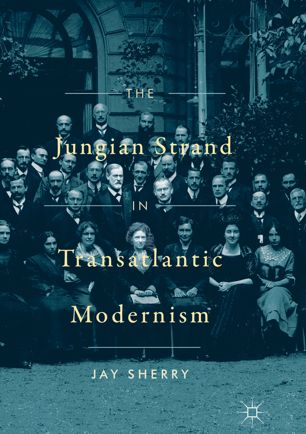

Most ebook files are in PDF format, so you can easily read them using various software such as Foxit Reader or directly on the Google Chrome browser.
Some ebook files are released by publishers in other formats such as .awz, .mobi, .epub, .fb2, etc. You may need to install specific software to read these formats on mobile/PC, such as Calibre.
Please read the tutorial at this link: https://ebookbell.com/faq
We offer FREE conversion to the popular formats you request; however, this may take some time. Therefore, right after payment, please email us, and we will try to provide the service as quickly as possible.
For some exceptional file formats or broken links (if any), please refrain from opening any disputes. Instead, email us first, and we will try to assist within a maximum of 6 hours.
EbookBell Team

5.0
78 reviewsIn studies of psychology’s role in modernism, Carl Jung is usually relegated to a cameo appearance, if he appears at all. This book rethinks his place in modernist culture during its formative years, mapping Jung’s influence on a surprisingly vast transatlantic network of artists, writers, and thinkers. Jay Sherry sheds light on how this network grew and how Jung applied his unique view of the image-making capacity of the psyche to interpret such modernist icons as James Joyce and Pablo Picasso. His ambition to bridge the divide between the natural and human sciences resulted in a body of work that attracted a cohort of feminists and progressives involved in modern art, early childhood education, dance, and theater.